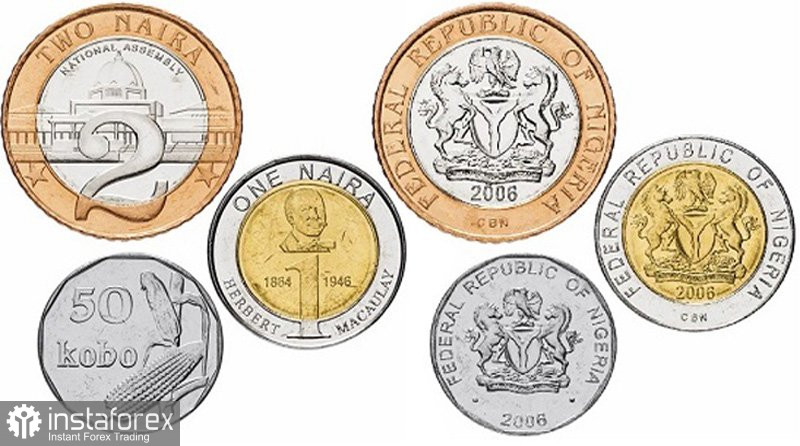About 33.4 million Nigerians or 35% of the country's adult population hold cryptocurrencies or traded them over the past six month, a report by cryptocurrency exchange KuCoin said. Crypto adoption in Nigeria has been driven by the unstable economic situation, rising inflation, and devaluation of the national currency.
According to KuCoin's report, 33.4 million Nigerians, accounting for 35% of the country's population between the ages of 18 and 60, either own crypto assets or have partaken in crypto trading in the previous six months. About 52% of Nigerian crypto investors allocate more than half of their assets to cryptocurrencies. 65% of investors utilize P2P trading platforms to make fiat deposits to cryptocurrencies, indicating that many of the country's financial institutions comply with the crypto transactions ban, which was previously imposed by the Central Bank of Nigeria.

In February 2021, the Nigerian regulator ordered the country's banks to block or freeze all accounts that operate in or trade cryptocurrency. Furthermore, the Governor of the Central Bank of Nigeria, Godwin Emefiele, warned Nigerians against using cryptocurrencies.
Despite these warnings, more than 70% of crypto investors surveyed by KuCoin plan to increase their holdings within the next 6 months. 37% of crypto investors in the country started trading cryptocurrencies more than 3 years ago, with another 27% having just started within the past 6 months. Among factors boosting crypto adoption in Nigeria were the devaluation of the Nigerian currency, the naira, which has lost 209% of its value over the past 6 years, and the COVID-19 pandemic.
Nigeria is not the only country tightening restrictions on the use of cryptocurrencies. Iranian officials have recently reiterated that cryptocurrency payments will not be allowed in the country.
While the Iranian central bank has announced rules for the issuance of digital coins in the country, they are meant for the national CBDC, the "crypto rial", the pilot phase of which should start in the near future. Iran's deputy minister of communications, Reza Bagheri Asl, stated that accepting cryptocurrency as legal tender is a red line that should not be crossed. "We will by no means have any regulations recognizing payments with cryptocurrencies that do not belong to us. Iran has its own national cryptocurrency, so no payments will be made with non-national cryptocurrencies," Bagheri insisted when speaking about regulation on holding and exchanging crypto assets.
On the technical side, the BTC bull market continues, despite the current dominance of bearish traders and increasing investor fears pushing the bitcoin down. Bulls need to break above $41,200 to put an end to the large downward correction. The 200-day MA line is far away now - the main goal for bullish traders is now testing the 100-day MA near $41,220. A breakout above this area would open the way to the highs at $43,200 and $43,530. Bitcoin has found support from major market players, which should help it recover from its slump after the US inflation data release. The US stock market, which heavily correlates with the crypto market, went down after the US CPI data were published. If BTC moves down, a breakout below $39,290 would push the cryptocurrency towards the lows at $37,500 and $36,000.
The key level for Ethereum is now the resistance level at $3,140. If ETH breaks above this level, it would then rise towards $3,306 and the 200-day MA at $3,480. To continue the uptrend, Ethereum must settle above 200 MA. A breakout above $3,480 would propel ETH to $3,540 and $3,685. Renewed pressure on the token would push it towards the key support level of $2,950, where long positions could be opened. If ETH breaks below this level, it would send it towards the lows at $2,740 and $2,500, where major market players would come into play once again.
 English
English 
 Русский
Русский Bahasa Indonesia
Bahasa Indonesia Bahasa Malay
Bahasa Malay ไทย
ไทย Español
Español Deutsch
Deutsch Български
Български Français
Français Tiếng Việt
Tiếng Việt 中文
中文 বাংলা
বাংলা हिन्दी
हिन्दी Čeština
Čeština Українська
Українська Română
Română

